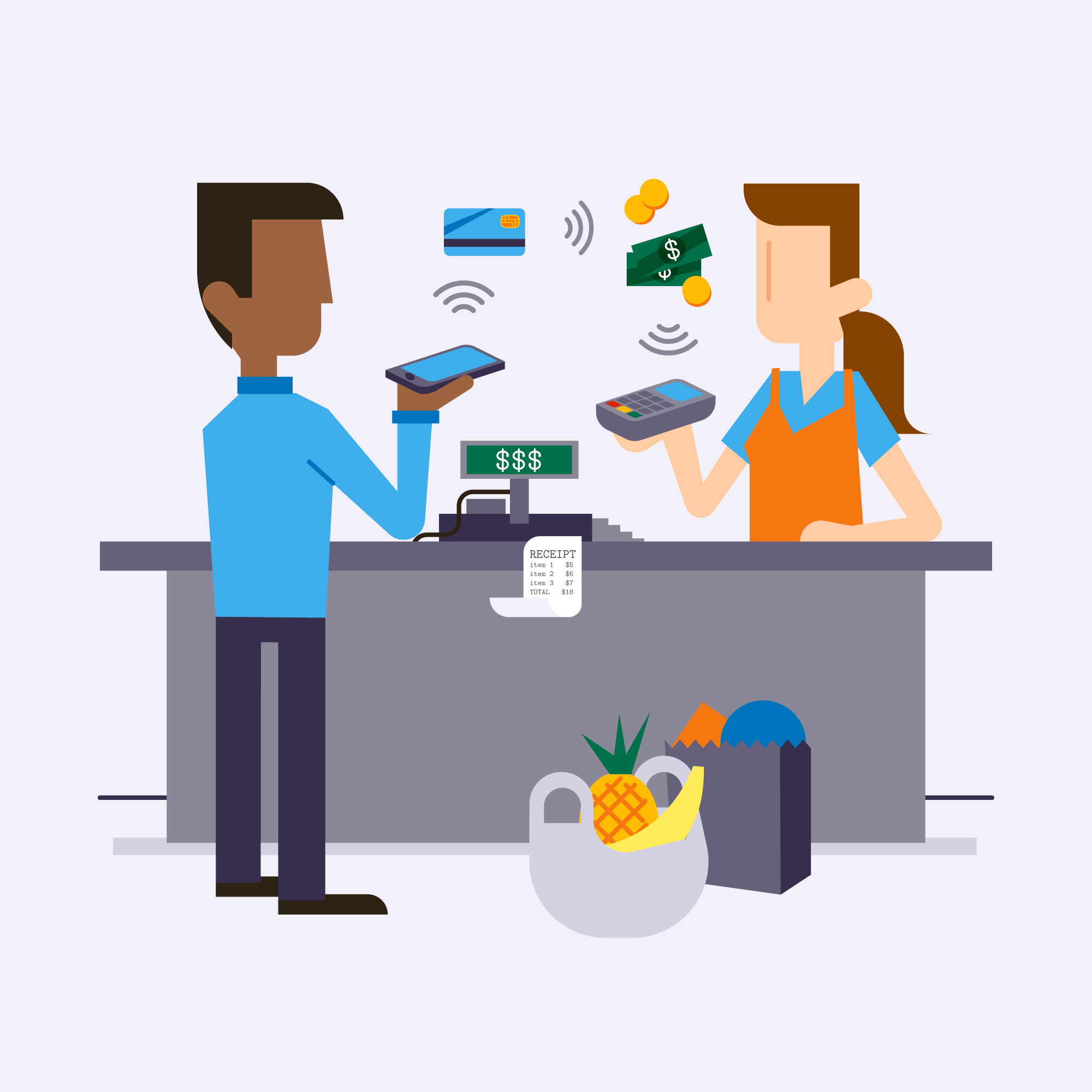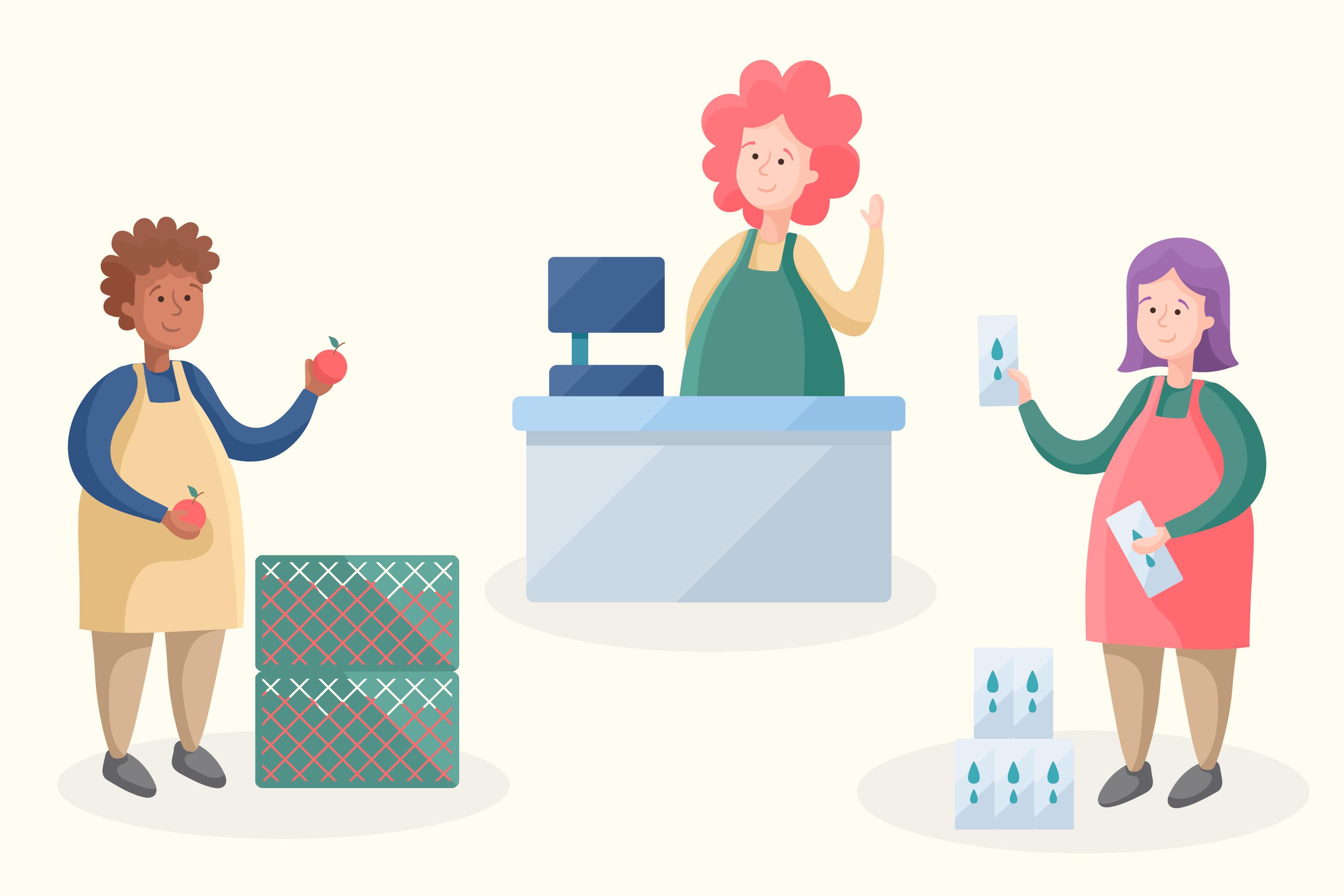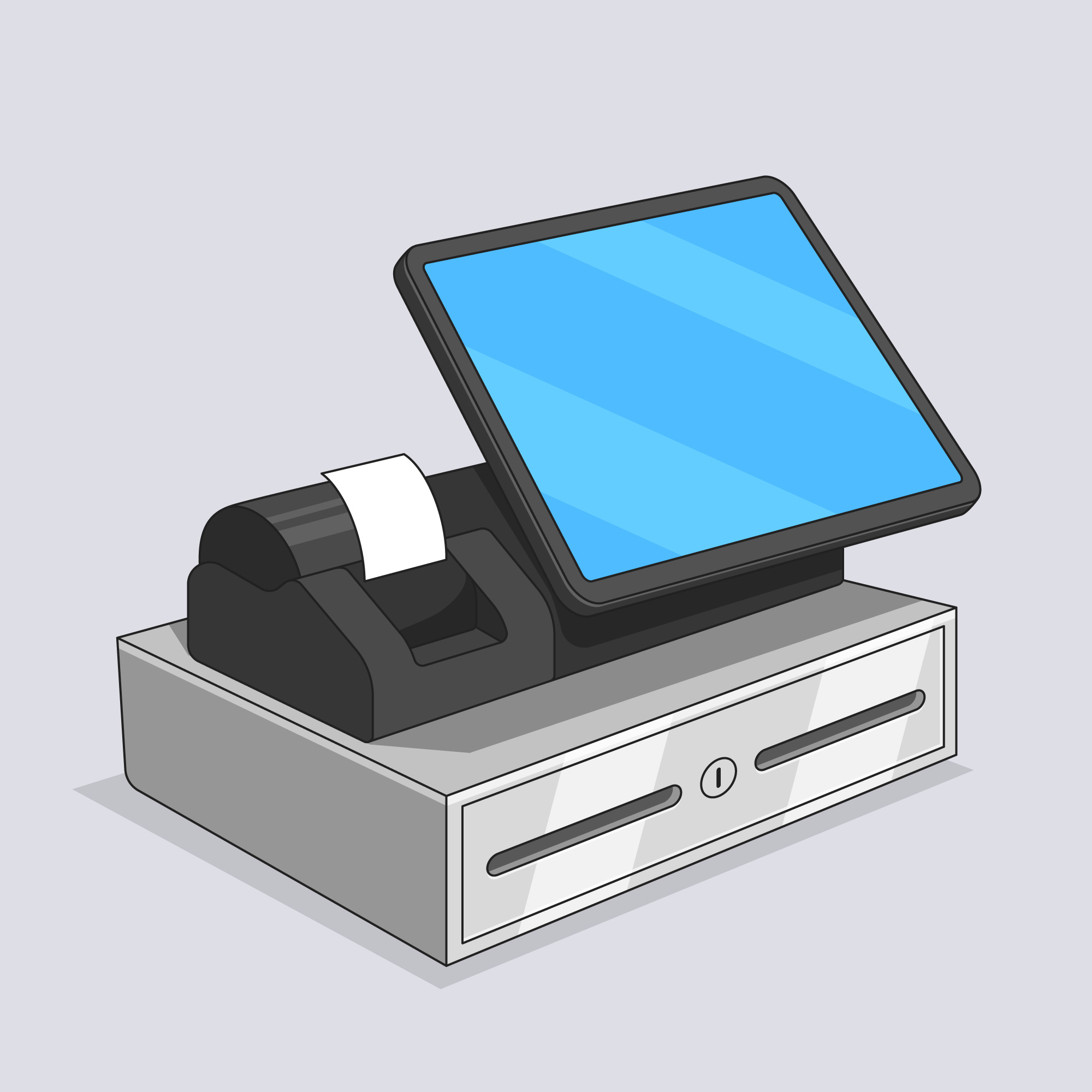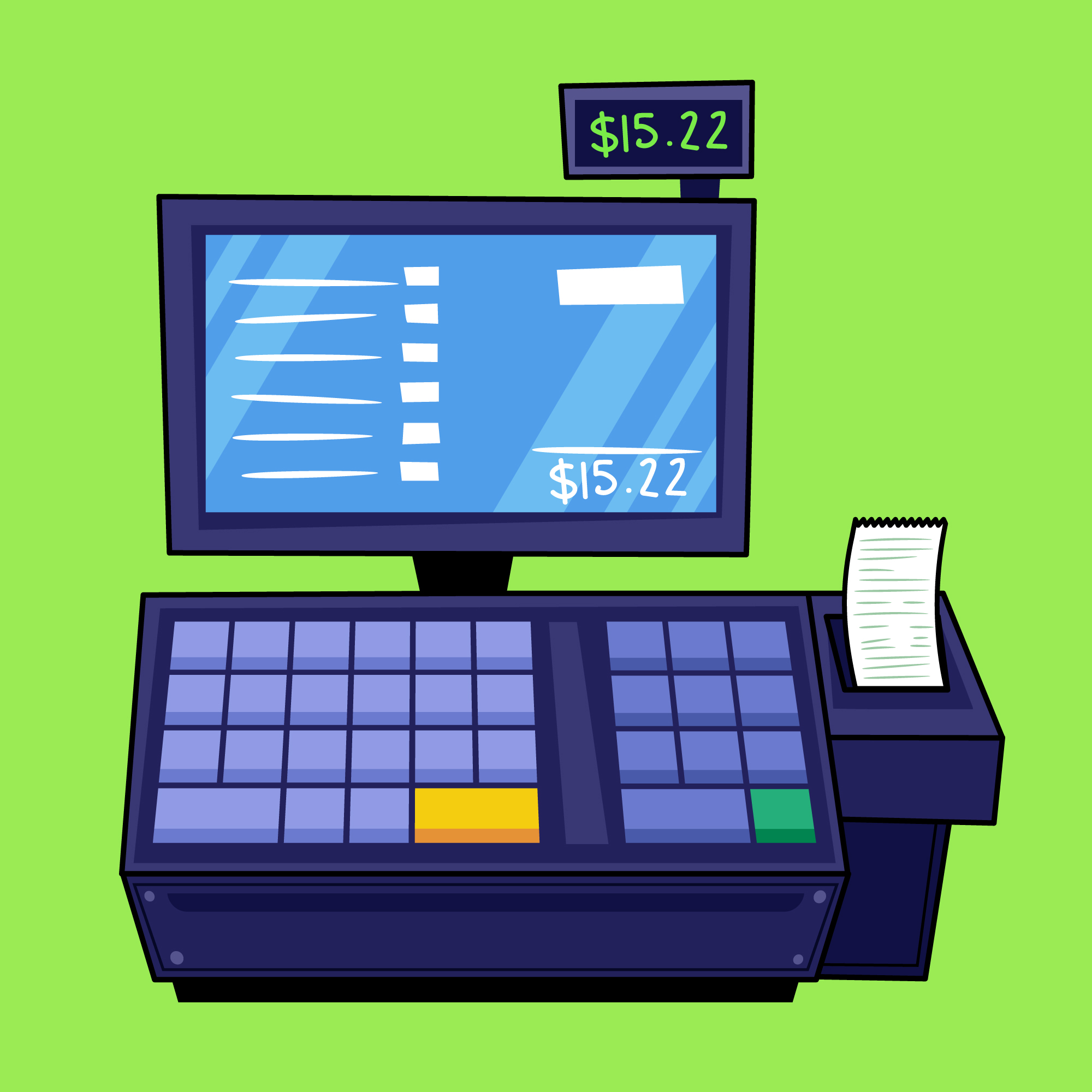Introduction
In this competitive world of the restaurant industry, efficiency and consistency are paramount. One area where these attributes are particularly important is billing and payment processing. Our developers are constantly innovating to create sophisticated advanced restaurant billing software to meet the demands of modern restaurants. In this article, we explore the development process behind this software, providing an insider’s perspective on the challenges involved.
Understanding the Need for Advanced Restaurant Billing Software
Restaurants operate in a fast-paced environment where every second counts. Traditional payment methods often fail to meet the requirements for speed and accuracy, leading to inefficiencies and errors. Advanced restaurant billing software addresses these challenges by automating processes, streamlining operations, and enhancing the overall dining experience for customers and employees.
Initial Research and Conceptualization
The growth journey begins with thorough research to understand the specific needs and pain points of restaurant owners, managers, and customers. Our developers analyze existing software solutions, gather feedback from industry professionals, and identify gaps that need to be filled. This phase lays the groundwork for the concept of software solutions that meet the unique needs of restaurant operators.
Design and Prototyping
Once we fully understand the requirements, the next step is to design the user interface (UI) and user experience (UX) of the software. Artists and designers work closely together to create an intuitive interface that is accessible to restaurant staff and customers alike. Prototyping allows for initial testing and refinement of the product, ensuring that the final product meets usability standards and serves its purpose well.
Development and Integration of Features
Once the system is developed, the developers begin to code the software, focusing on key features such as order management, desk functionality, segmented payments, point-of-sale cost coverage (POS) systems, and support for payment methods in this segment existing restaurant system with careful attention to detail to ensure a seamless operation and it is consistent with itself.
Testing and Quality Assurance for Advanced Billing Software
Testing is an important part of the development process, where software performs rigorous testing to identify and fix any defects, bugs, or functionality issues. Beta testers and early feedback are invaluable in preparing the software before its official release.
Deployment and Support
After thorough testing and optimization, the software is ready for use. The developers are working closely with restaurant owners and operators to ensure a smooth transition to the new payment system. Ongoing support and maintenance are provided to track any issues that may arise during implementation and will include updates and enhancements based on user feedback and ongoing industry trends.
Conclusion
Developing state-of-the-art advanced restaurant billing software requires a deep understanding of the unique challenges and needs of the restaurant industry. Using advanced technology and a user-centric approach enables developers to create software solutions such as BillChampPOS that improve efficiency, accuracy, and customer satisfaction, enabling restaurants to thrive in today’s competitive environment.







